This site may contain links to affiliate websites, and we receive an affiliate commission for any purchases made by you on the affiliate website using such links. Read Our Disclosures
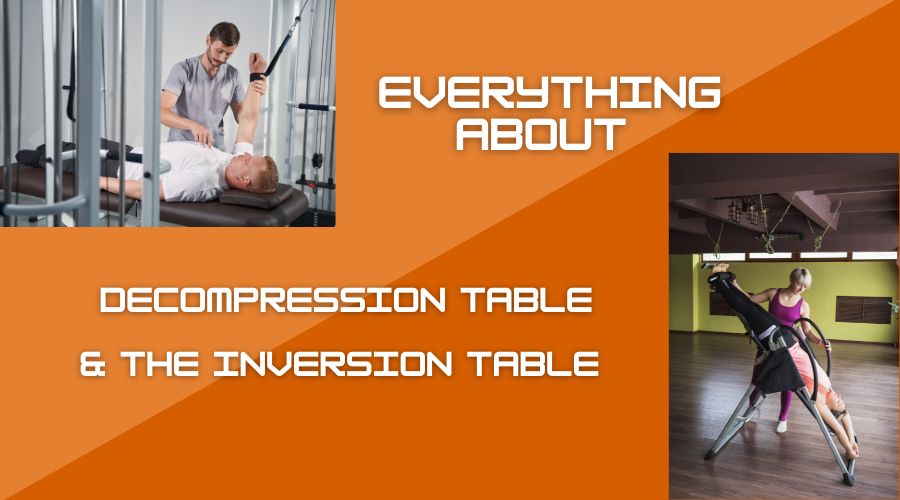
Are you dealing with chronic pain, rigid joints, herniated discs, or overall discomfort? You’re not alone!
In fact, almost 100 million Americans are experiencing the same issue as you. So, how can you make it go away?
The decompression table has become a key solution for anyone experiencing back pain. Hence, let’s talk about spinal decompression therapy and how stretching equipment can help.
In this article, we’ll go through how a decompressing table works. Moreover, we’ll talk about how to set up and use an inversion table at home for back stretching.
If you want to achieve pain relief and target both your back and neck, keep on reading! Let’s explore how this equipment can aid spinal nerve roots and improve your quality of life.
What Are The Decompression Table and Inversion Table?
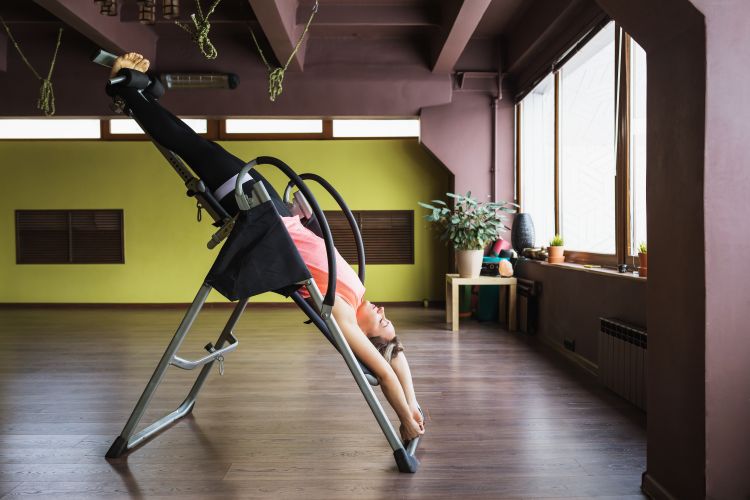
A decompression table is a specialized equipment designed for spinal decompression therapy. It helps relieve pain associated with back-related issues.
Some of the most common back problems include:
- Spinal stenosis
- Herniated discs
- Worn spinal joints
- Scoliosis
And the list goes on…
Decompression tables use pulley systems that are monitored by a computer. They stretch segments of your body to reduce pain. Decompression tables apply controlled and mechanical traction. This creates negative pressure in the spinal discs and aids in pain relief.
An inversion table uses gravity to stretch the spine. You have to sit on an inversion table upside down and allow gravity to pull your spine. Thus, an inversion table uses a different system to stretch your back. Inversion therapy is less complex, but it can have great benefits if you’re dealing with simple back pain.
Both spiral decompression tables can help with chronic back and neck pain. Moreover, both spinal decompression tables are used by healthcare providers. They’re great treatment options for back pain.
How Does a Decompression Table Work?
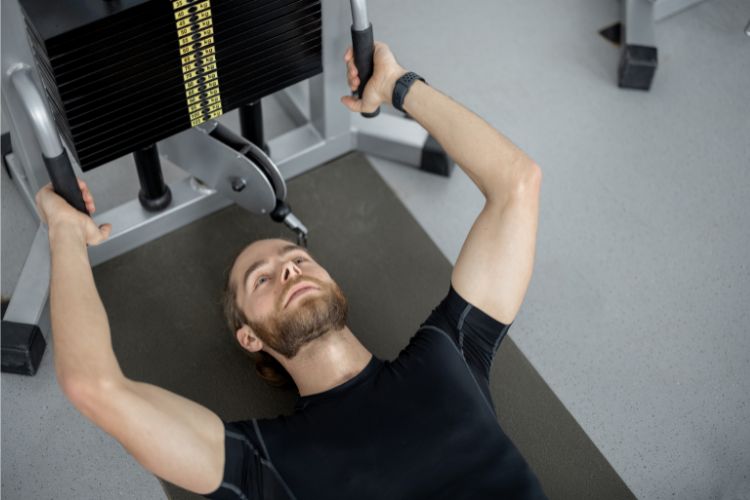
Decompression tables work by gently stretching the spine. This creates space between the spinal discs. Hence, it alleviates pressure on the spinal nerve roots and spinal discs. Thus, it promotes pain relief and healing.
The decompression table is adjustable and it ensures comfort and effectiveness.
The table applies a controlled force to the spine, gently separating the vertebrae. This negative pressure allows the discs to retract, reducing pressure on nerves. As a result, the decompression table can help provide temporary relief from back pain. Moreover, it can improve spinal health.
Using a decompression table can be an alternative to spinal surgery for some. It’s a non-invasive method that relieves pain without the risks of surgical procedures.
You must consult with a healthcare professional before starting decompression therapy. You have to ensure that a decompression table is suitable for your condition.
Why Choose Spinal Decompressing Tables Over Manual Techniques
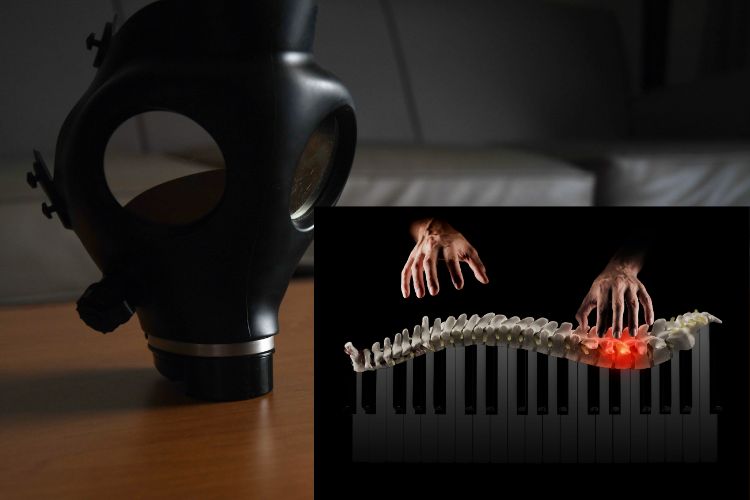
The body’s natural resistance to stretch can stay in the way of manual decompression. This type of resistance is known as muscle guarding.
Decompression tables come equipped with sensors. These identify when a patient’s muscles are resisting the stretch. Thus, they can release or change the intensity of the tension. This feature ensures full decompression is attained.
Moreover, an inversion table can stretch you in ways that you naturally cannot. By sitting on a table especially designed to aid in traction therapy, you can reap many benefits. Plus, manual techniques can cause serious injury if you don’t know what you’re doing.
Benefits of Spinal Decompression Therapy

- Non-invasive treatment for back and neck pain
- Provides relief from the pain associated with herniated discs, spinal stenosis, etc.
- Reduces pressure on nerves and surrounding tissues
- Promotes healing by creating negative pressure within spinal discs
- Lower risk and shorter recovery time compared to spinal surgery
Who Should Use Spinal Decompression Therapy?
- Individuals experiencing chronic back and neck pain
- Patients suffering from herniated discs, spinal stenosis, or other spinal conditions
- People seeking non-surgical alternatives for pain relief
- People who suffer from poor posture
- Those who have not found relief from other treatments, such as medication or physical therapy
Spinal Decompression at Home
Inversion tables enable individuals to experience spinal decompression therapy at home. These tables work by gently stretching the spine as you sit upside down. Hence, you stretch your back by sitting on the inversion table.
Still, both an inversion table and decompressing tables promote healing. Using them can provide significant relief from back pain, neck pain, and discomfort.
Pros and Cons of At-Home Spinal Decompression

Here are the pros of using an inversion table at home:
- The convenience of performing therapy in the comfort of your home
- Cost savings compared to repeated visits to healthcare professionals
- Customized treatment, as you can adjust the table settings to suit your needs
- Flexibility to use the table as often as desired
Here are the cons of using an inversion table at home:
- Some individuals may need guidance from a professional to set up and use the table.
- Not suitable for all patients. This is especially true in people with certain medical conditions (e.g. aortic aneurysm, spinal fractures, etc.).
Setting Up and Using an Inversion Table
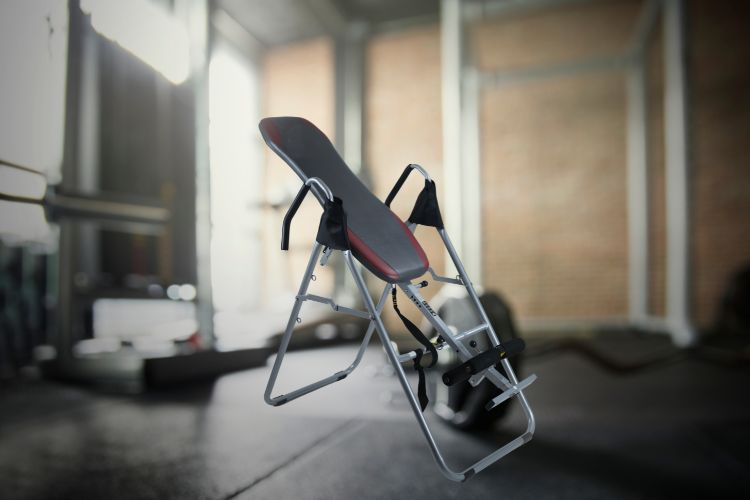
Here are the necessary steps to setting up your own inversion table at home:
- Choose a suitable location. Place the table in a spacious, clutter-free area. Leave enough room to move around the table. With the right organization, you can set it up in any space.
- Assemble the table. Follow the manufacturer’s instructions for assembly and setup.
- Adjust the table settings. Customize the table to your specific needs. Consider factors such as height, weight, and the desired level of spinal decompression.
- Position yourself on the table. Lie down on the table, securing any straps or harnesses as instructed.
- Begin the session. Start the decompression therapy according to the manufacturer’s guidelines. Look for the recommendations of a healthcare professional or physical therapists.
- Start slow. Begin with shorter sessions and increase the duration as your body adapts.
- Maintain proper posture. Ensure you’re positioned correctly on the decompression table. This boosts its effectiveness and lowers the risk of injury.
- Combine with other treatments. Complement decompression therapy with exercises, stretches, and other therapies.
- Be consistent. Establish a regular therapy routine to maintain pain-free results.
- Listen to your body. If you experience discomfort or worsening pain, stop the therapy. Then, consult your healthcare provider.
Choosing the Right Inversion Table
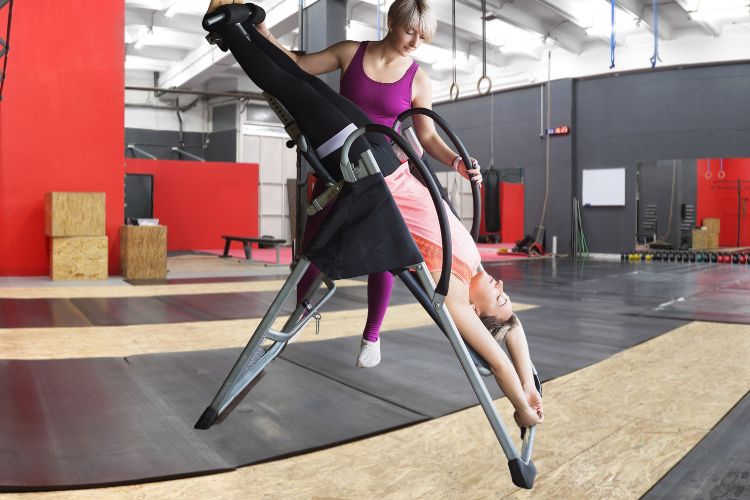
Choosing an inversion table that suits your needs can be challenging. You can try to consult with healthcare providers for guidance. Additionally, you can examine the key features of any good spinal decompression table. Let’s see!
Key Features to Look For In An Inversion Table
- Sturdy frame design. Opt for inversion tables with a high weight capacity (300-350 lbs+) to ensure stability.
- Comfort. Memory foam back cushioning provides maximum comfort during inversion therapy.
- Adjustable settings. Choose a table with enough length settings to support your height (most extend to 6’6″).
- Warranty coverage. Look for good warranty coverage (ideally 5 years+) for peace of mind.
Top Brands and Models
1. Teeter EP-560 Inversion Table
This popular model offers comfort and adjustable settings for spinal decompression. It’s known for its sturdy frame design. It promotes healing while gently stretching the spine.
2. Ironman Gravity 4000
The Ironman Gravity 4000 is an excellent choice for those seeking a reliable spinal decompression table. It has high weight capacity and memory foam cushioning. Moreover, it provides a comfortable inversion therapy experience.
This table usually accommodates most patients. Hence, it’s a popular choice on the market.
Precautions and Recommendations
- Consult a healthcare professional. Before starting inversion therapy, consult a healthcare professional.
- Monitor blood pressure. If you have high blood pressure you should be cautious when using inversion tables. Hanging upside down can temporarily increase blood pressure.
- Combine with other treatments. Spinal decompression tables should be complemented with exercises, stretches, and healing nutrients. This ensures effective treatment.
Takeaway: Decompressing Tables & Inversion Tables
Inversion tables are a good choice if you don’t suffer from serious back conditions. If you have diseased spinal nerve roots, you may need medical assistance. Additionally, you’ll probably go through specialized decompressing therapy. This includes using a decompressing table assisted by a professional in a clinic.
So, if you’re experiencing common back pain, try out the inversion table. This spinal decompression equipment offers a convenient and affordable way to stretch. Moreover, it can alleviate mild pain and improve blood flow.
Nonetheless, it’s crucial to consult a doctor before making a decision. A professional knows what kind of decompression therapy you need better than anyone.
Ready to take the next step towards a healthier, more comfortable lifestyle? Visit USA Home Gym for information on stretching, home gyms, and fitness resources.
Our comprehensive guides and expert advice will help you create the perfect at-home gym tailored to your unique goals. Don’t wait – start your journey to better health and well-being today!
Nadia is a USA-HomeGym.com Senior Editor with 15 years+ experience in the health, supplement and nutrition niches. Nadia became a health & fitness evangelist after rebuilding her gut health in 2008 using the Weston A. Price method. She developed a Facebook group that grew to more than 15,000 members sharing information on diet for allergy reduction, eczema & psoriasis cessation. Since 2011, Nadia has been an avid stair climber, achieving race times in the top 5% of her age group and maintaining average times of 3’40 – 3’55 minutes per 12 floors.

